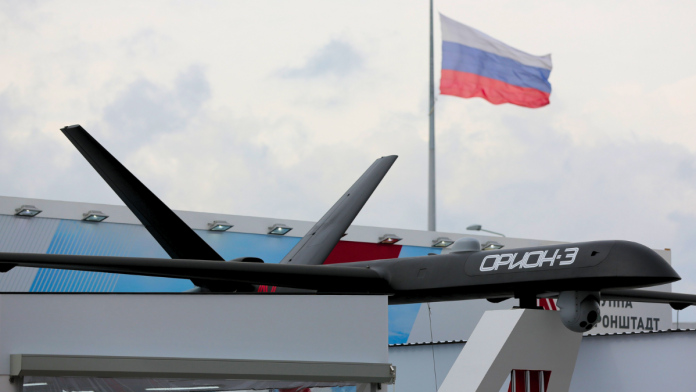AO Kronstadt, one of Russia’s prominent drone manufacturers, is on the verge of bankruptcy due to mounting financial difficulties. The company has faced more than 40 lawsuits since the summer, accumulating over 600 million rubles (around $7 million) in claims.
Key creditors include LLC Innovative Technologies and Materials, demanding 151.1 million rubles, and the AO Research Institute of Modern Telecommunications Technologies, seeking 220.6 million rubles. By May 2025, Kronstadt’s total liabilities had already surpassed one billion rubles.
The company’s financial struggles trace back to 2022 when major shareholder AFK Sistema withdrew its support. This left Kronstadt without crucial capital, causing debts to rise sharply and operations to be strained. Sanctions from the U.S. and EU further worsened the situation by restricting access to critical Western components, such as electronics and sensors, making production slower and more expensive.
Dragonfly strikes again: Russian state hackers hijack networks through old Cisco vulnerabilities
State contracts, though numerous, proved difficult to fulfill due to supply chain issues and limited access to technology. According to Nikolai Ryashin, general director of Rusdronport, subcontractors are now rushing to file claims to recover money as the company faces the threat of bankruptcy. This rush is common when companies near financial collapse, as creditors try to secure payment ahead of others.
Impact of Drone Strikes on Production Facilities
Kronstadt’s production facilities have been repeatedly targeted by Ukrainian drone strikes, which have further strained the company’s operations. In May 2025, a long-range Ukrainian drone successfully hit the JSC Kronstadt military-industrial plant in Dubna, Moscow Region.
The Dubna facility is a key site in Russia’s advanced drone production network, producing models like the Orion reconnaissance and combat drones. These drones are central to Russia’s military strategy. The Orion, similar to the American MQ-9 Reaper, can fly long hours, collect intelligence, and carry precision weapons. Inokhodets is another combat-capable drone, strengthening Russia’s domestic drone capabilities.
No NATO, but U.S. protection—Trump redraws Ukraine’s defense future with Article 5 twist
The attack caused significant damage, disrupting production and worsening the company’s already fragile financial position. Local residents reported powerful explosions and fires. Ukraine’s Center for Countering Disinformation confirmed the strike, describing the plant as “one of the key components of the Russian defense industry” and noting that it has been producing Orion drones at scale since 2020.
The Russian Defense Ministry claimed to have intercepted 155 Ukrainian drones in a single night across 13 regions, including areas near Moscow and the Kronstadt facility. Independent reports, however, suggest that some drones did reach their targets, highlighting discrepancies between official statements and observed results.
Strategic Importance and Operational Challenges
Kronstadt’s decline poses a serious challenge for Russia’s defense industry. The company’s drones, particularly the Orion and Inokhodets, have been a central part of military operations.
AO Kronstadt plays a vital role in producing homegrown drones, reducing reliance on foreign technology, and operating facilities like the Dubna Machine-Building Plant. This plant has been producing drones at scale since 2020, making it a cornerstone of Russia’s domestic unmanned aerial system capabilities.
Despite state contracts, Kronstadt’s financial and operational difficulties have slowed production and prevented it from meeting targets. The situation underscores vulnerabilities in the Russian defense industry, even for companies with priority funding and strategic importance.
Earlier, an explosion at the “Elastic” gunpowder military factory in Russia’s Ryazan region resulted in the deaths of at least four soldiers. The fire and blast in one of the factory’s production areas add to the series of challenges facing Russian defense facilities amid ongoing operational and financial pressures.


